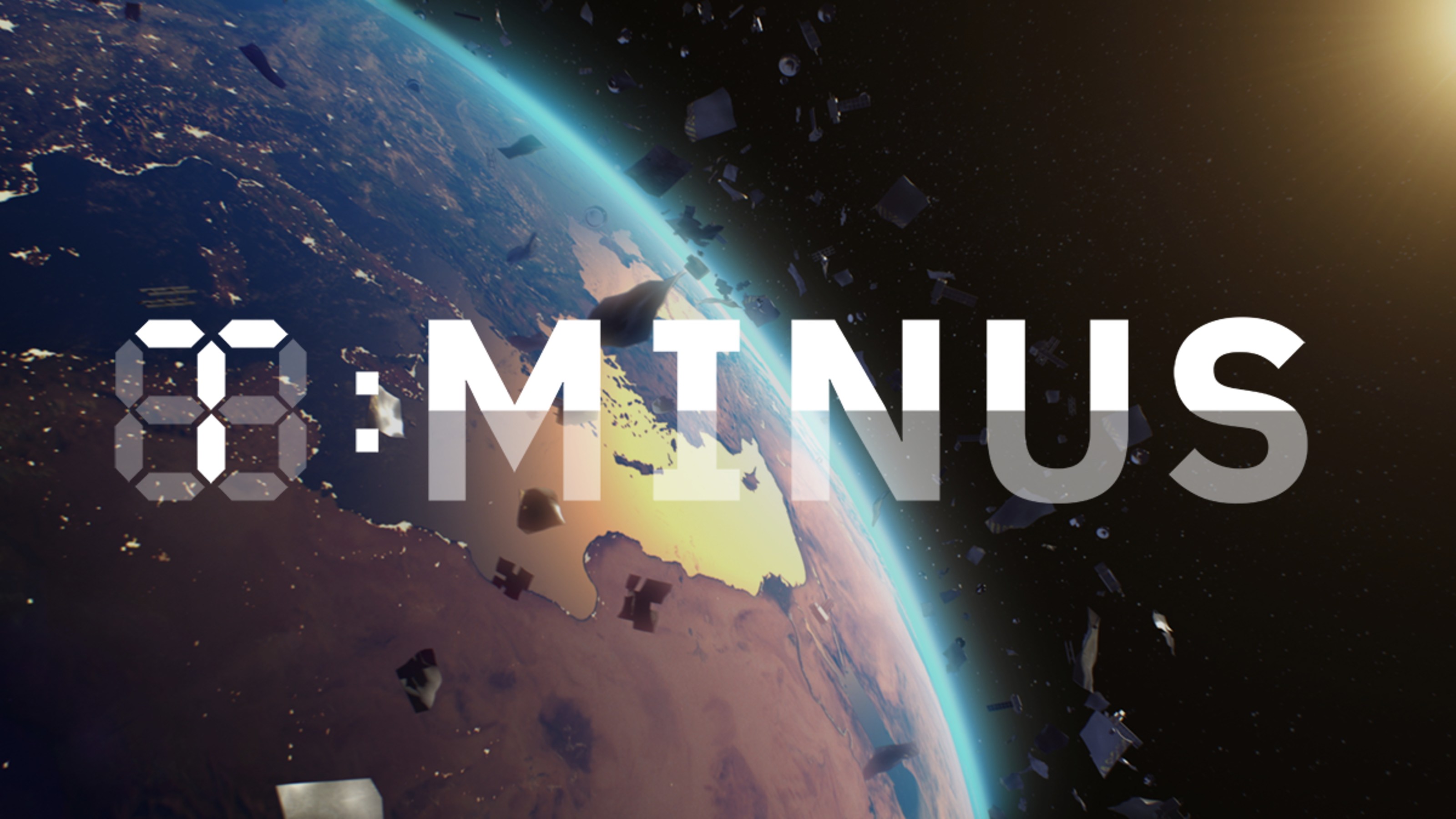Brain Science: How to Tell Truth from Hype

Two weeks ago, we published, “Is Brain Science Just Hype?,” our interview with Swarthmore professor of psychology Barry Schwartz. The author of The Paradox of Choice and Practical Wisdom (two of the most-watched TED Talks ever), Schwartz advocated that the field of neuroscience be regarded by the public with a little less enthusiasm and a little more skepticism. We asked Kayt Sukel, who writes a regular blog for Big Think, World in Mind, to respond.
She argues that the suspension of disbelief is frequently applied to all kinds of reports of scientific discovery, not just to neuroscience. So how do we separate fact from fiction? An outrageous headline is one tip-off, but sometimes the ones that sound the most far-fetched are actually true. Deeper critical thinking skills are needed to fully engage with and judge the possibilities behind the science.
Big Think: Is there something about neuroscience that lends itself to over-optimistic speculation?
Kayt Sukel: In this day and age, I think there is something about science in general that lends itself to over-optimistic speculation. By saying something is “scientifically tested” or “backed by science,” lay readers take it for stone-cold, immutable fact. I think it’s easy to forget what science really is: a systematic method for testing hypotheses, a way to better understand the physical world through observation and experimentation. Good science often results in just as many questions as answers–and skepticism is a good tool to hone hypotheses, to consider alternative hypotheses, whether you are the scientist or the person scanning a short blurb in USAToday.
I will concede that neuroscience can make the over-optimistic speculation stand out about other fields. And I think it’s because the field is so new. We are finally able to frame some age-old questions about behavior in a scientific manner. And the idea that something like a small neuropeptide is somehow linked to a complex behavior is exhilarating. I can see why people get so excited–we’re finally able to get beyond philosophy and make sense of something we’d thought was beyond our reach. But, again, healthy skepticism is only going to lead to better studies and better answers.
BT: As discoveries in the field continue to multiply, how do we differentiate between legitimate findings and other not so enlightening observations that journalists build up for attention? Are there any tell-tale signs that something is total hype?
KS: An outrageous headline is usually one tell. But there are plenty of those that actually have good studies behind them. I hesitate to say that any findings are illegitimate. The methods might not always be ideal, the findings may be confounded by other factors–but there is usually something in there that may help set up the next study. At the risk of repeating myself, good science usually gives you as many questions as answers. And playing the skeptic, asking deeper questions about what results really mean and how they might be applied can usually help a reader sort the wheat from the chaff.
BT: In the future, how can neuroscience best be utilized?
KS: To be honest, I’m not sure that we (and that would include many scientists) know the real answer to that yet. Neuroscience has given scientists a new set of tools to consider when designing experiments about behavior and the human condition. That’s very exciting and may offer us some incredible insight to the brain and behavior. But if we place more emphasis on the tools than the science, we are going to miss out on what’s really important.





